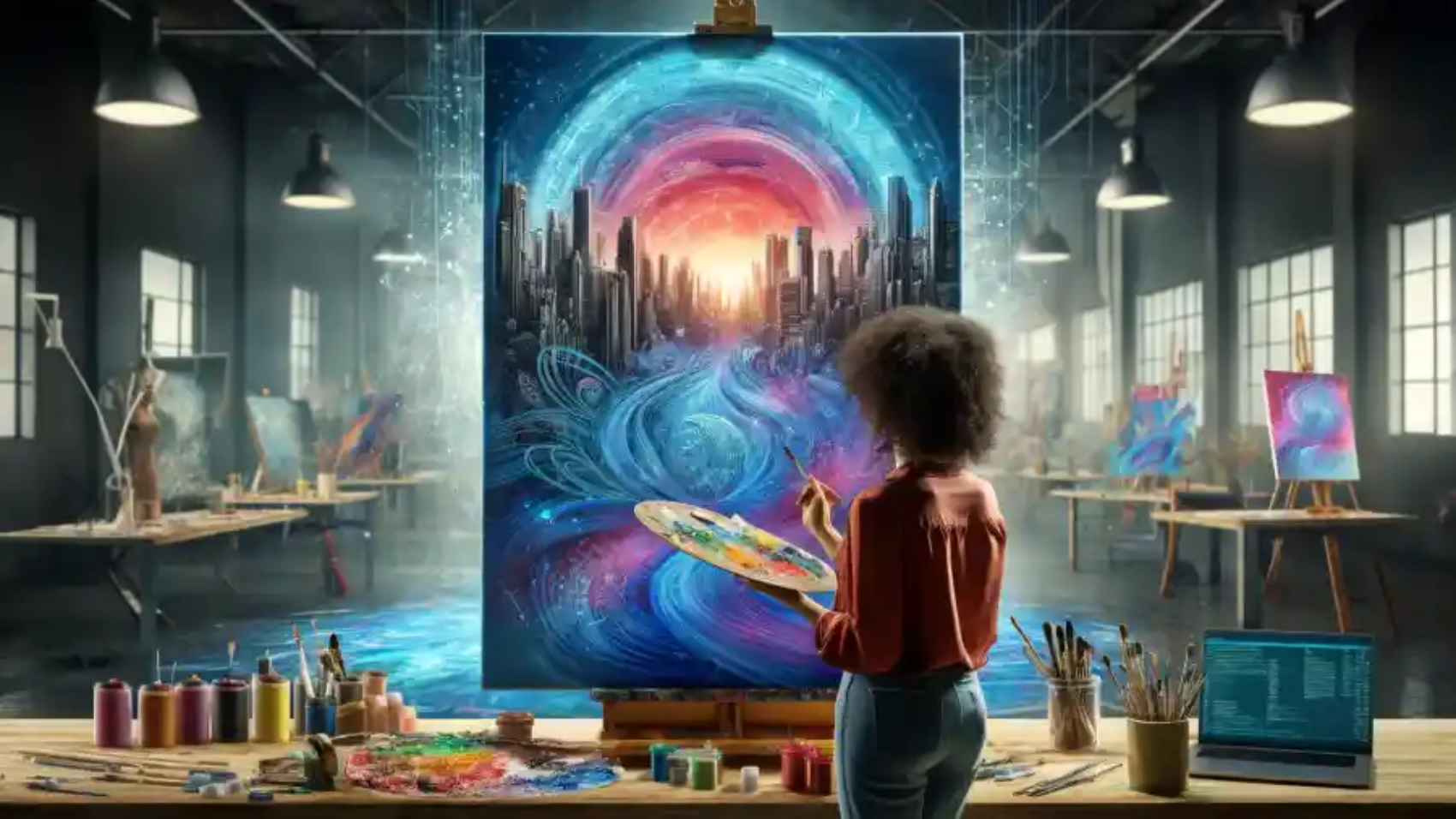The evolution of technology continually reshapes how we create and appreciate art. Among the most revolutionary tools emerging in the artistic landscape is the AI art generator. This technology is changing how artists and creators approach artistic expression, offering new ways to blend technology with traditional creativity.
What is an AI Art Generator?
An AI art generator is a tool that uses artificial intelligence to create art based on the data it has been trained on. These systems analyze thousands of artworks to understand various styles and elements of art. This allows them to generate unique pieces that mimic classic styles or create something new.
When you provide a description or base image, the AI modifies and enhances it to create a new piece of art. This process can be a collaborative tool for artists, who can refine and alter the AI’s creation to suit their vision, combining human creativity with machine efficiency.
Expanding the Boundaries of Creativity
With AI art generators, artists are no longer confined to traditional methods and materials. They can experiment with impossible textures and shapes that would be difficult or time-consuming to replicate by hand. This can lead to innovative art that pushes the boundaries of the imagination.
Furthermore, AI can suggest variations and alternatives that might not occur to a human artist, thus enriching the creative process. This can lead to more dynamic artworks that incorporate elements from diverse artistic traditions and styles, all generated within moments.
Adobe says, “Get inspired, experiment, and create amazing images fast with AI-generated art. You can use Firefly as an AI art generator to help you make any kind of art you can imagine, all with a few simple words. Dolphins playing basketball? Firefly can show you what that looks like.”
Accessibility and Artistic Expression
One of AI’s most significant impacts on art is the democratization of artistic creation. Individuals who may not have formal art training can use AI tools to express their creative ideas. This accessibility is crucial in making art a more inclusive field.
AI art generators can serve as a stepping stone for novices, providing them with a platform to experiment and learn about artistic composition and color theory. This level of accessibility is creating a new wave of artists who can contribute their unique perspectives to the art world.
AI in Professional Artistic Workflows
Professional artists find AI tools useful for speeding up their workflows and exploring new creative avenues. These tools can assist with everything from initial concept sketches to final touches, allowing artists to save time and focus on the creative aspects of art production.
This integration of AI is also being seen in industries like gaming and film, where concept art is crucial. AI helps generate multiple options quickly, which helps teams make decisions faster and more efficiently.
Ethical Considerations and the Future
As with any technology, using AI in art involves ethical considerations. Issues such as originality, copyright, and the role of the artist in AI-generated art are hotly debated. Guidelines that recognize both human and machine contributions to art must be established.
Looking ahead, AI’s potential in art continues to grow. As these tools become more sophisticated, they will offer even more possibilities for creative expression. Collaboration between human artists and AI can lead to new forms of art that we have yet to imagine, marking an exciting phase in the evolution of artistic expression.
The impact of AI on artistic expression is profound and far-reaching. It offers a new toolkit for creativity, expands access to art, and pushes the boundaries of what is possible in artistic endeavors. As we continue to explore this synergy, the future of art looks vibrant and infinitely promising.


[…] Wentworth, located in the heart of Boston, Massachusetts, has been around for more than a century. It’s not the biggest college in the city, but what it offers is simple: real learning with real results. Students here don’t just learn theories — they actually use their hands, minds, and creativity to build something meaningful through innovative approaches inspired by the impact of AI on creativity and design. […]